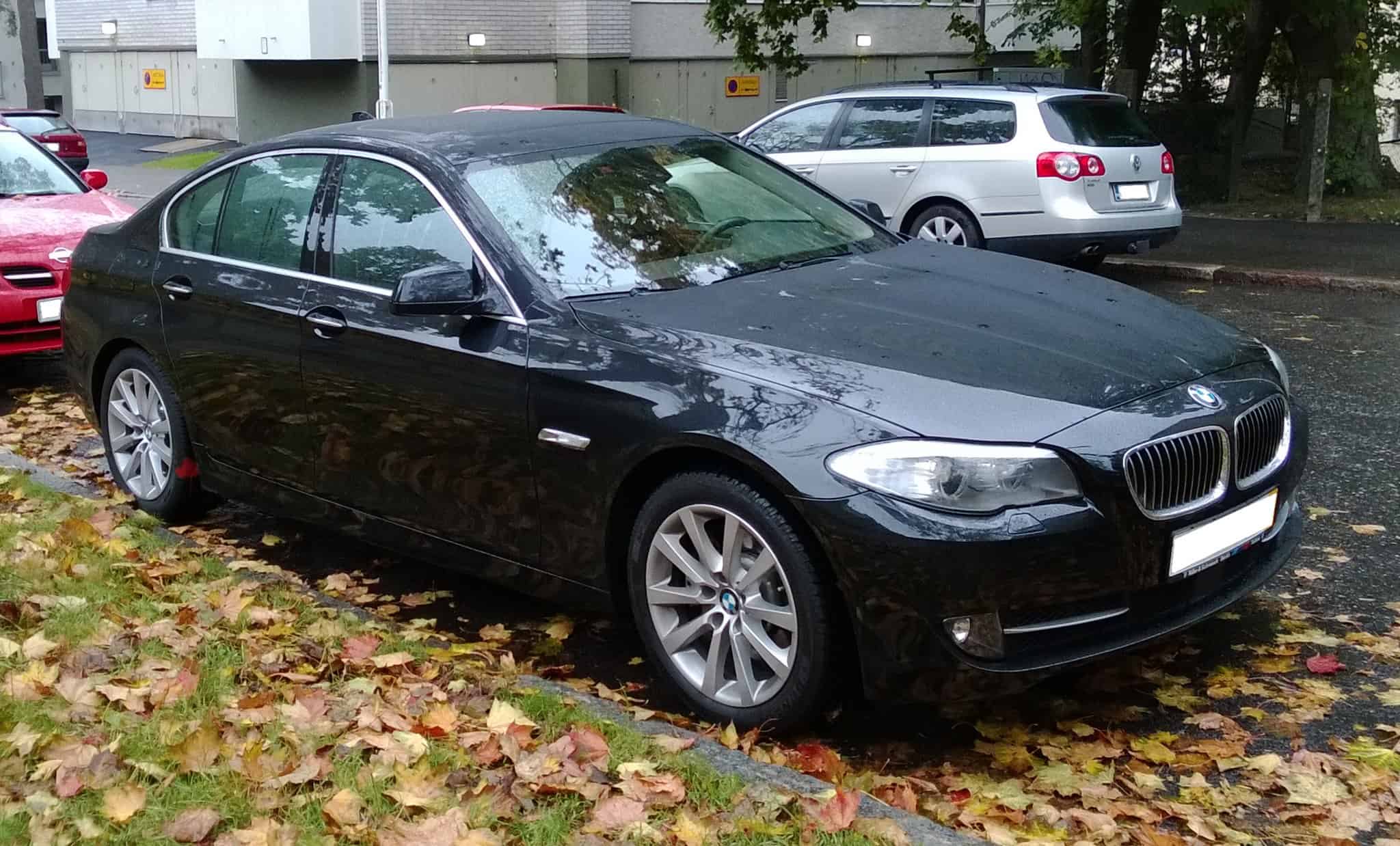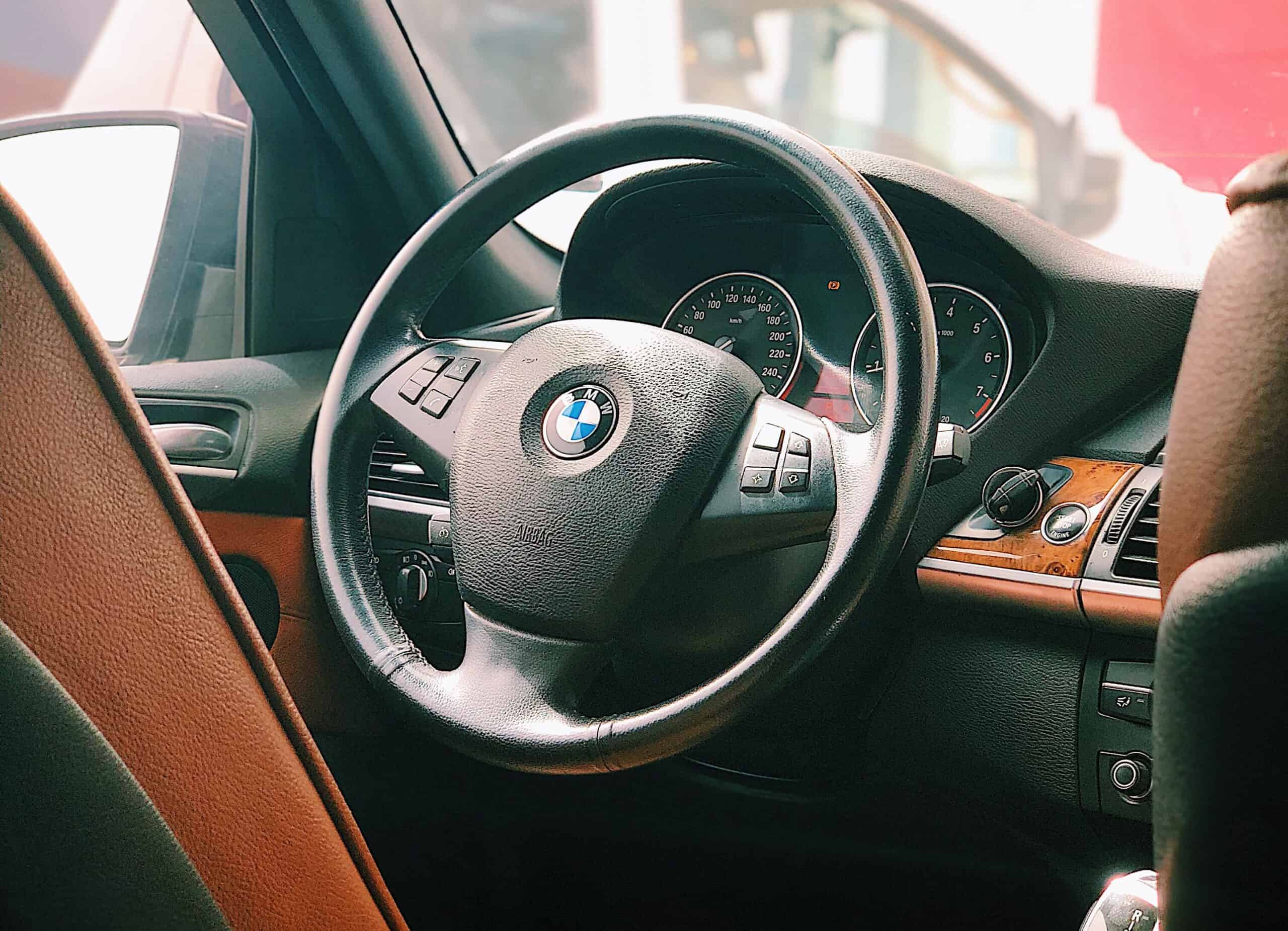Pulling a BMW with an automatic transmission – what is the reason and how to fix it?
BMW driver question – Why does my car pull forward?
The problem is that after pressing the brake pedal and switching to drive the car behaves as if it wants to pull forward. The rear of the vehicle squats slightly and the engine vibrates. After releasing the brake, it starts to drive normally.
When the car warms up – the problem disappears in 80%. In warm weather, the problem occurs, but with lesser symptoms. Engine and transmission pads and oil in the box replaced – the problem is still there. What could be the cause of this behavior?
The problem concerned BMW 5 F10 with automatic transmission, but it may also occur in other models.
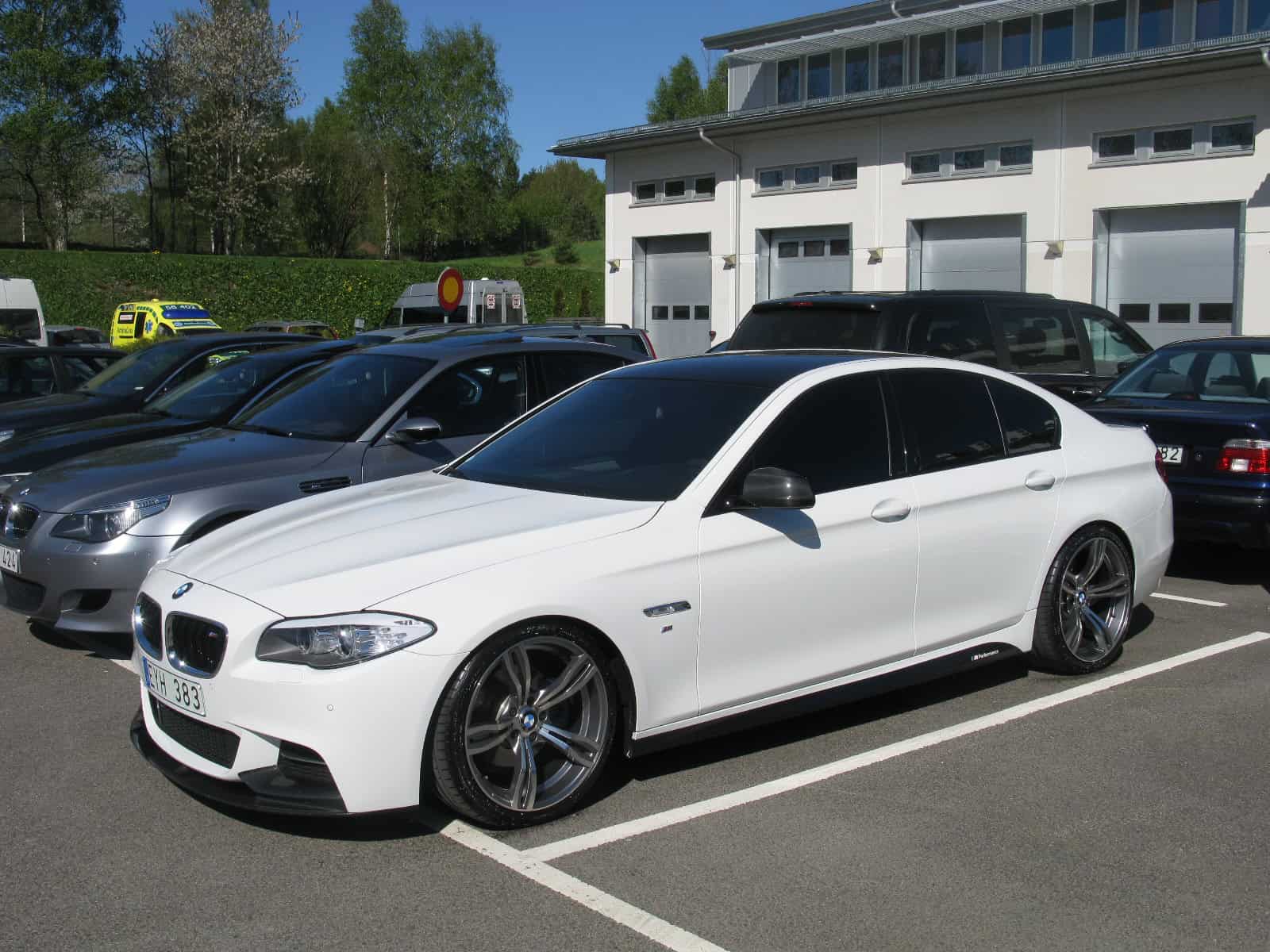
Response from BM Cars service on ripping out cars with automatic transmissions
In vehicles with automatic transmissions, when the drive or reverse gear is engaged, there is an initial “clutching” of the transmission. The only thing holding the vehicle in place is the braking system – by keeping the brake pedal depressed.
With a well-functioning transmission, once the gear is engaged, the car should gently attempt to move from a standstill, without excessive jerking or bumping. The absence of this behavior, as well as excessive jerking after engaging gears or vibration, may indicate a malfunctioning transmission. If, in addition, you have noticed the symptom of the vibration subsiding on a warm transmission/engine or in warm weather and the vibration intensifying on a cold transmission, this is additional evidence of a malfunctioning transmission. This behavior of the transmission is typical of damage related to excessive wear of the torque converter clutch or operation with worn, or improper oil.
Your car has a mileage of more than 120,000 km (according to the BMW database). ZF’s recommended automatic transmission oil change should occur after every 60-70,000 km. We have no annotation in the base whether such a change was performed. This, in addition, may have contributed to excessive wear of the hydrokinetics components and the transmission itself.
Without performing a diagnostic of the entire vehicle and relying only on your description of the vehicle’s behavior, we assume that on the drive side we do not have problems with the engine and its uneven operation or too low idle speed. However, a full engine diagnostic would be necessary to be sure.
Repair recommendations according to BM Cars
- Diagnostics of the entire vehicle including engine operation, injectors, idle speed, errors related to the glow plug system and EGR
- Checking the level and quality of the oil in the transmission. The only proper oil for 8HP transmissions is the original oil from ZF 8HP LIFEGUARDFLUID. With a proper oil change, oil should gently pour out of the filler hole after filling the box in each gear. It is important to keep the oil temperature when changing below 40°C.
- If the problem persists after performing point 1, the torque converter should be replaced or reconditioned. Considering the cost of such an operation, which is 2/3 of the cost of regenerating the entire gearbox, you should consider a possible comprehensive repair of the gearbox. Disassembly of the transmission necessary for the replacement of the hydrokinetics will allow you to verify the elements of the transmission and assess the degree of wear of the components and take measures to prevent failure in the near future.
We invite you to take advantage of our service. We provide a two-year warranty on all repairs performed.
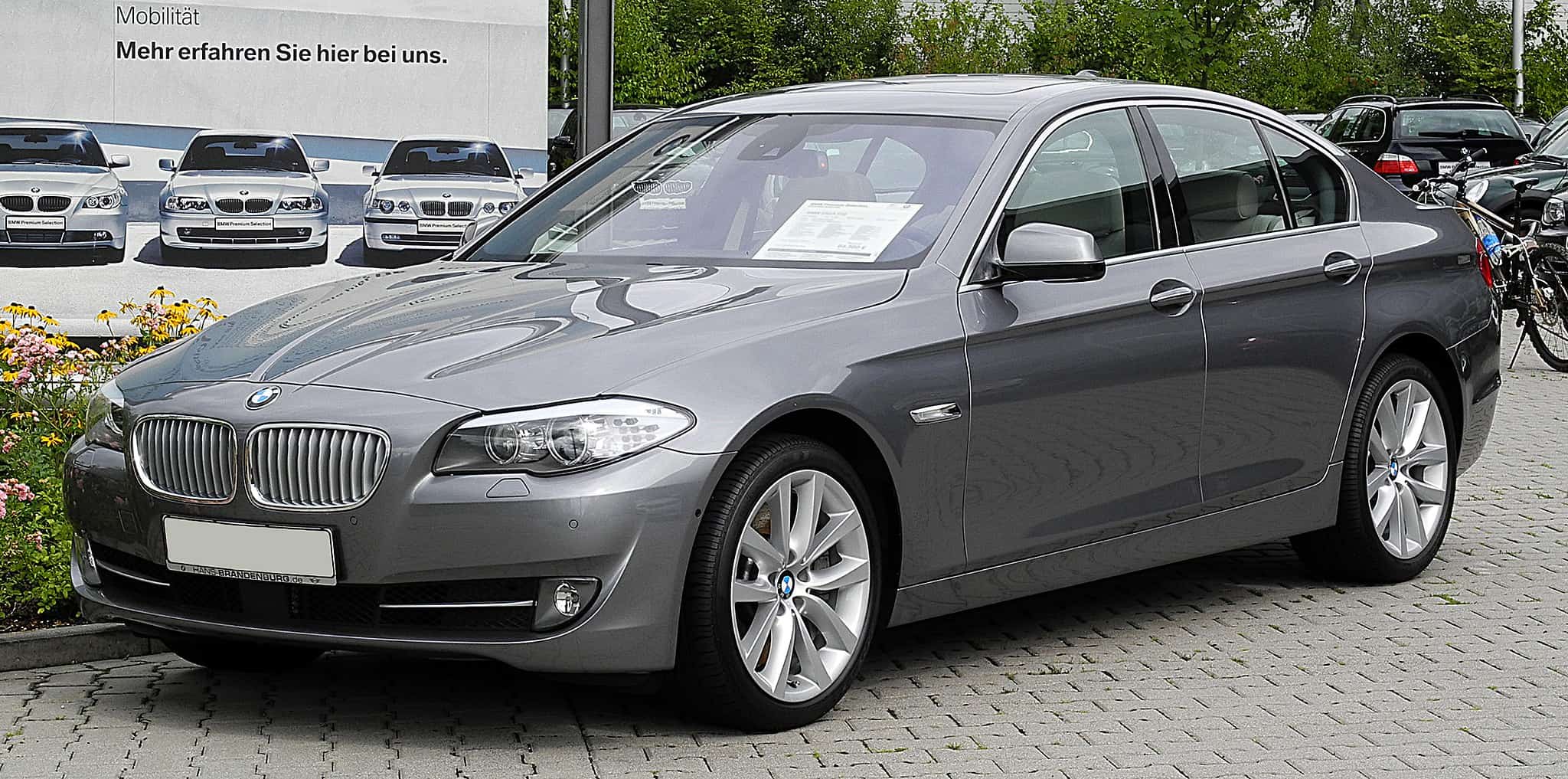
Other BMW tips related to the topic at hand
- Jerking in the automatic transmission
- Jerking and delayed response of the automatic transmission in the BMW 730D E38
- Fading engine in BMW with automatic transmission
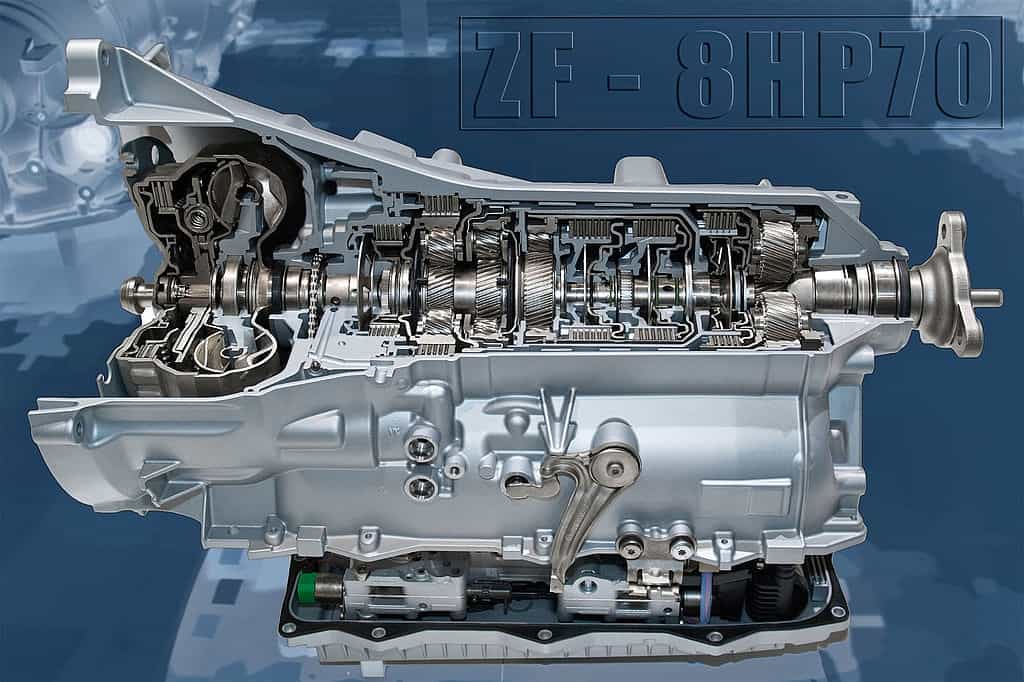
Read more tips and ask your own question
